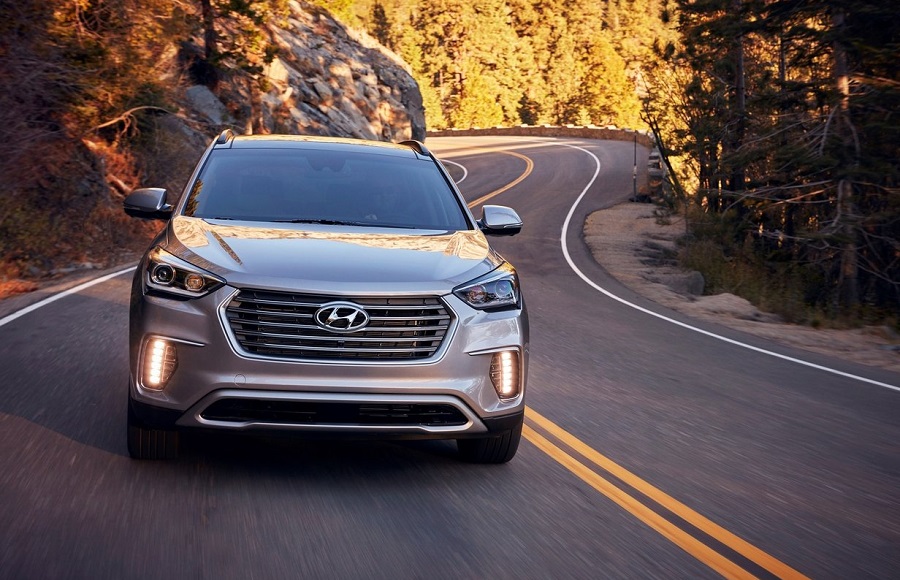The automotive industry has recently been rocked by a significant surge in vehicle thefts, particularly affecting Hyundai and Kia models. This alarming trend, which has been escalating since the viral emergence of the “Kia Challenge” in 2021, presents a far more dire situation than initially perceived.
CNN reports that thefts of Hyundai and Kia vehicles have escalated by over 1,000% since 2020, a figure that is both startling and unprecedented. The data from the Highway Loss Data Institute paints a clear picture: approximately one in every 1,000 insured vehicles from these brands was stolen in the first half of 2020. Initially, this rate was comparable to other car manufacturers, but the emergence of a group dubbed the “Kia Boys” drastically altered the landscape. By the first half of 2023, the theft rate of Hyundai and Kia models had soared to 11.2 per 1,000 vehicles – an increase of about 1,020%, while theft rates for other car brands remained relatively stable.
The increase in Vehicle Thefts has been particularly pronounced in specific regions. Early 2023 saw significant rises in Delaware, New York, and Washington, with Maryland experiencing a dramatic surge where the theft rate leaped from 4 per 1,000 to 14 per 1,000.
moreover m older models of Hyundai and Kia, specifically those produced between 2015 and 2019, have been identified as having a higher susceptibility to theft. Notably, more affordable versions of the Hyundai Santa Fe, Tucson, and the Kia Forte and Sportage, which feature traditional turn-key ignitions instead of keyless start buttons, are about twice as likely to be stolen compared to other vehicles from the same period.
A key factor contributing to this vulnerability is the absence of essential anti-theft technology that was common in most vehicles during those years. According to the Highway Loss Data Institute (HLDI), many of these Hyundai and Kia models lack electronic immobilizers. These immobilizers function through a system where a computer chip in the car communicates with a corresponding chip in the key, verifying the key’s authenticity and its specific association with the vehicle. Without this technology, these cars become easier targets for theft.
Hyundai and Kia have been actively working to mitigate this issue, introducing software updates and a new theft-deterrent ignition cylinder protector. However, these measures are yet to comprehensively address the problem.
Adding to the complexity of the situation is the heightened rate of vandalism associated with Hyundai and Kia vehicles, which is reportedly up to three times higher than that of other brands. This increase is believed to be partially driven by attempted Vehicle Thefts, leading to secondary concerns such as broken windows and other forms of damage, even in cases where the vehicle itself is not successfully stolen.
This situation poses a significant challenge for Hyundai and Kia, not only in terms of addressing the current vulnerabilities but also in restoring consumer confidence shaken by these widespread Vehicle Thefts and the associated vandalism. As the industry and these companies grapple with these issues, the impact on both brand perception and the broader discourse around vehicle security continues to unfold.






